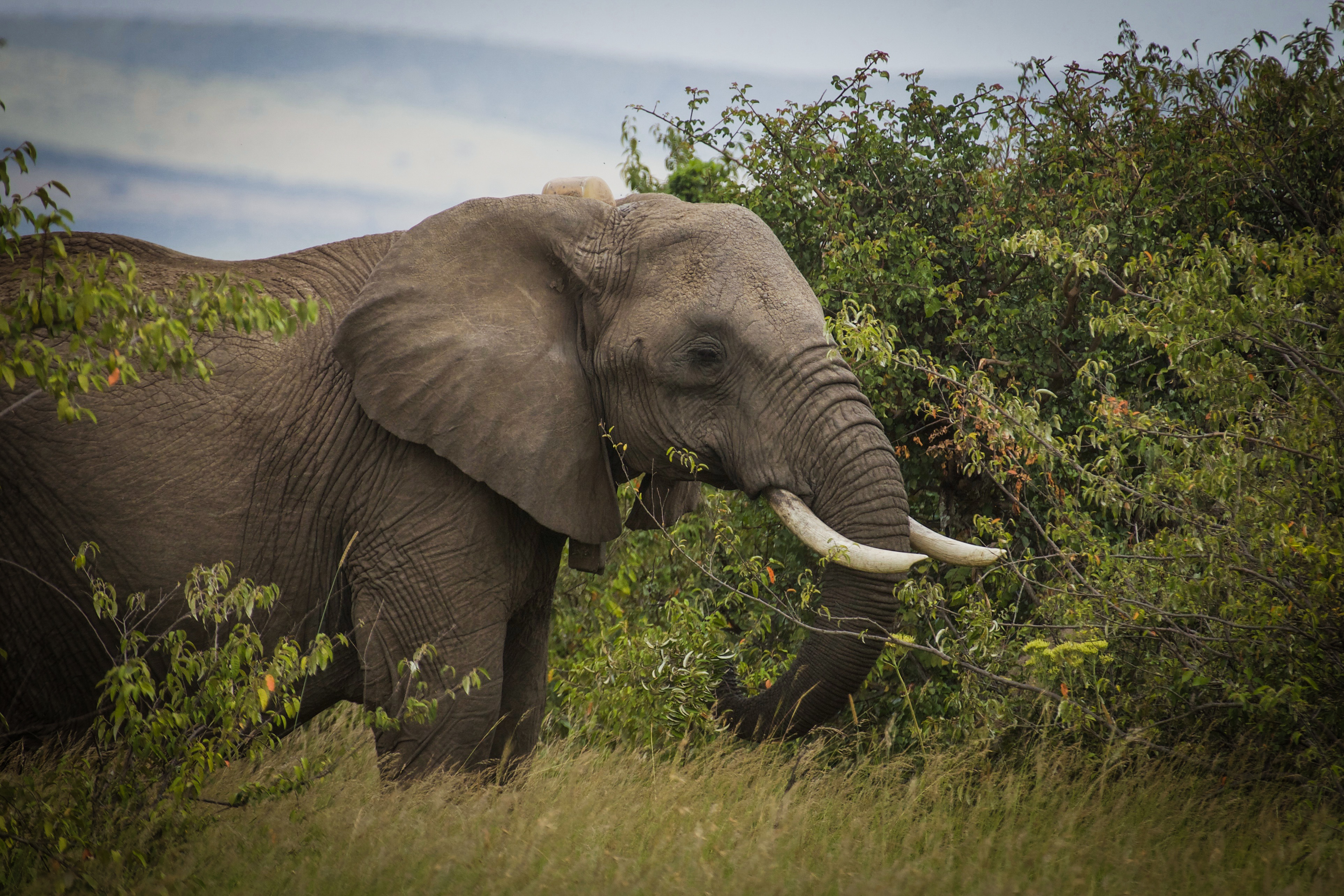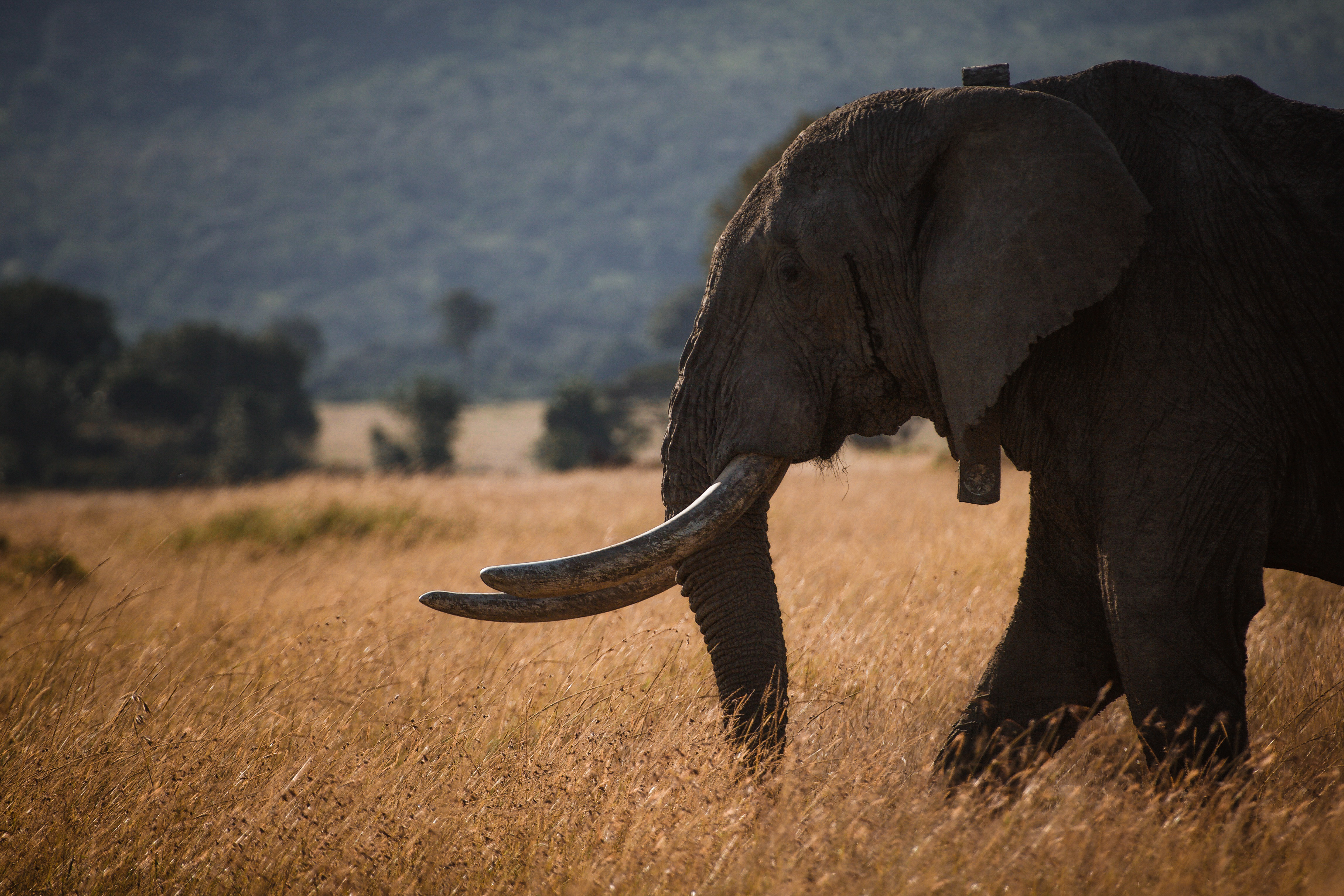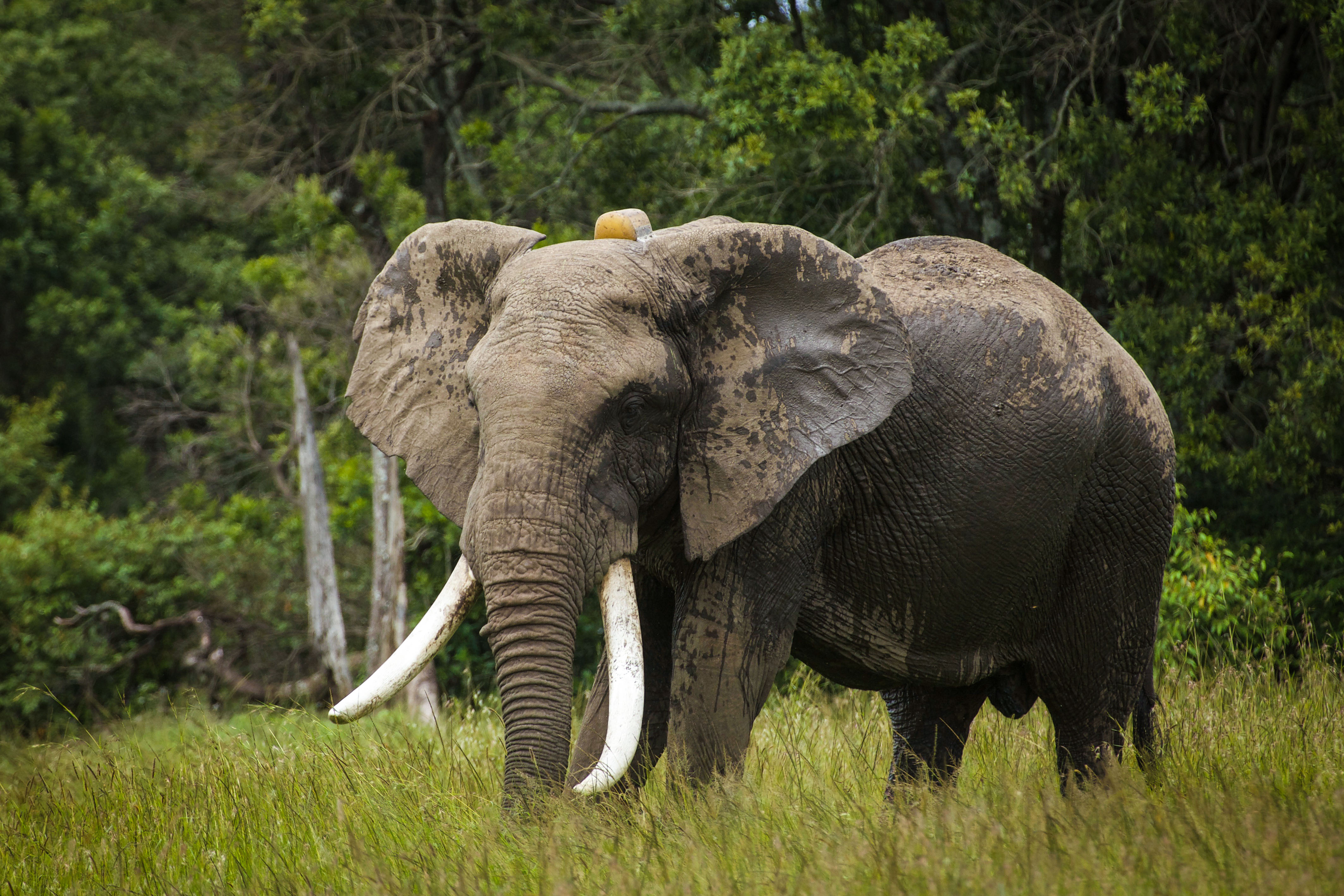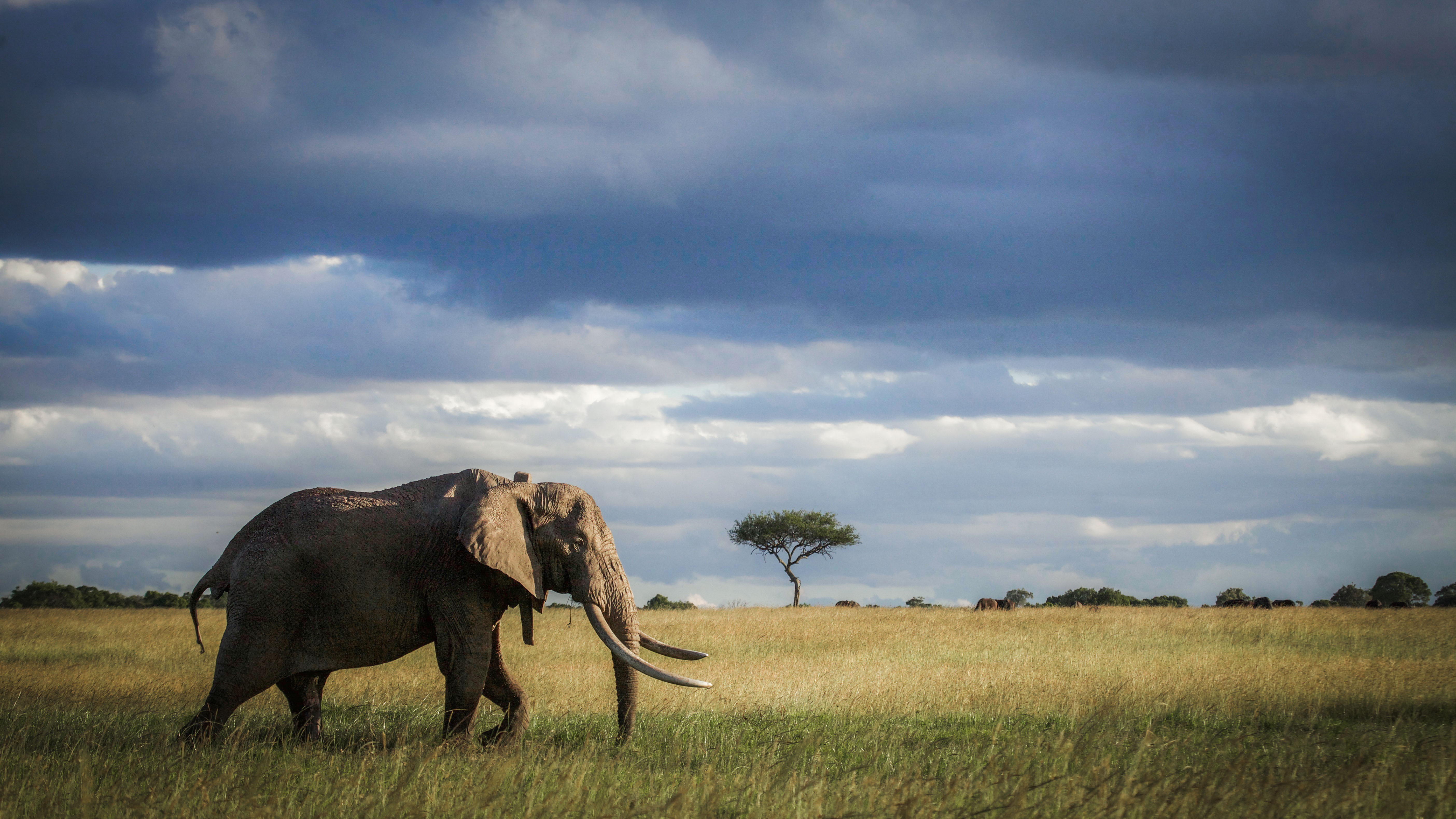Ryan Wilkie joined Mara Elephant Project in April 2018 on secondment from our partner, Save The Elephants. Ryan is focusing his six-month stay at MEP on collecting extensive data on each of MEP’s 20 collared elephants. He’s collecting essential data, photographs and scientific details that will all go into the MEP Technical Report that will be released in 2019.
Ryan Wilkie with a collared elephant. Follow Ryan on Instagram for more of his photos from MEP!
Ryan was previously based in Amboseli where he spent a year tracking a notorious crop-raiding elephant named Tim as part of a research project aimed at mitigating human-elephant conflict. Prior to this he was involved with Save The Elephants’ work in Samburu and at the Elephants and Bees Research Centre in Tsavo. Ryan is also a passionate amateur photographer and holds a master’s degree in Environment and Development from the University of Edinburgh.
MEP has asked Ryan to write blogs for our supporters to highlight the work he’s doing with the elephants in the Mara and give insight into the scientific process of his research. This will be the first of others to come.
The Lives of Elephants
Mara Elephant Project is a data-driven organisation. Currently, MEP is tracking 20 collared elephants across the greater Mara ecosystem providing data that informs all of their operations, from anti-poaching patrols to conflict mitigation. The movement data from MEP’s elephant collars also gives MEP a window into the lives of these tracked bulls and family groups.

MEP collared elephant Naibosho. Photo by Ryan.
Since arriving at MEP just two months ago, I have been trawling through the archives, pouring over the movements of all 46 elephants that MEP and its partners have been tracking in the Mara at one point or another since 2011. MEP’s aim and mine: to create a catalogue of individual movement maps and elephant biographies and to mine these datasets for nuggets of information about elephant behaviour.

MEP collared elephant Kegol. Photo by Ryan.
The movement data from MEP’s collars is an incredibly valuable tool when it comes to understanding how elephants are interacting with their environment. Whether it is revealing the sheer size of Ivy’s appetite for farmers’ crops, shedding light on Olchoda’s nightly runs through the gauntlet of farms and fences between the Lemek Hills or highlighting the coordination in the seasonal movements of Naibosho and Alina in and out of the reserve – it is an education in elephant ecology.
MEP collared elephant Fred. Photo by Ryan.
With MEP setting new scientific objectives at the beginning of the year, we hope that the insights from these individual stories and movement patterns will spark new research questions and help to inform the scientific component of the organisation. On a more personal level, knowing something of the life history of these individuals has also made encounters with elephants in the field all the more exciting, whether it’s spying Fred from the office following on the tails of a group of females or spending a quiet hour with Ivy and her family knowing that at any moment she might be making her move towards nearby farms, it’s all important to ensuring this keystone species is protected.

MEP collared elephant Hugo. Photo by Ryan.


